- Follow Us
Scientific Publications
High-profile publications featuring CDI Labs next-gen proteomics technologies and services
354 Total Publications
Refine Your Search
Publication Details
- Date
- Link
- + Abstract
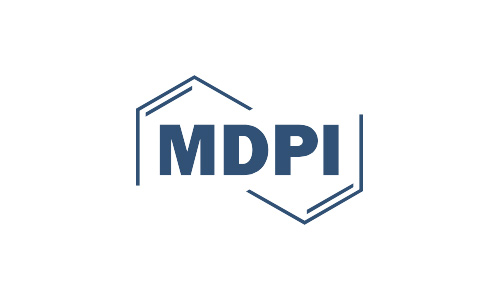
MDPI: Cancers
- Main Product: HuProt
- Predictive Biomarkers for Checkpoint Inhibitor Immune-Related Adverse Events
- Iñigo Les, Mireia Martínez, Inés Pérez-Francisco, María Cabero, Lucía Teijeira, Virginia Arrazubi, Nuria Torrego, Ana...
- Internal Medicine Dept, Navarre University Hospital
Immune-checkpoint inhibitors (ICIs) are increasingly used in the treatment of cancer, but they cause immune-related adverse events (irAEs) in around 40% of patients treated. Identifying biomarkers predictive of irAEs has become a priority for the optimal management of patients on ICIs. Herein, we review the state of the art regarding the most relevant biomarkers for predicting irAEs, distinguishing between biomarkers already clinically available and those under investigation. Although none of these biomarkers has been validated in prospective studies, there is growing evidence supporting their use for irAE prediction and clinical characterization, which depend on cancer type, ICI agent and organ affected by the toxicity. A better understanding of the pathogenic mechanisms underlying irAEs and the combination of different emerging biomarkers would allow us to improve the risk-benefit balance for patients who are candidates for ICI therapy.

ESMO OPEN
- Main Product: HuProt
- Longitudinal proteomics and single-cell transcriptomics reveal HDAC3 as an immunotherapy biomarker in advanced non-small cell lung cancer
- L. Dai, N. Lou, G. Fan, T. Xie, L. Tang, S. Yuankai, X. Han
- National Cancer Center, Peking Union Medical College
Autoantibodies (AAbs) hold promise for monitoring treatment responses in cancer immunotherapy. We propose a comprehensive longitudinal analysis of an AAb panel to predict treatment responses in advanced NSCLC during immunotherapy. Furthermore, it explores the functional implications of HDAC3 on the immune microenvironment at the single-cell transcriptomics and protein level.

BMC Cancer
- Main Product: HuProt
- Humoral immune response to tumor-associated antigen Ubiquilin 1 (UBQLN1) and its tumor-promoting potential in lung cancer
- Yulin Wang, Songyun Ouyang, Man Liu, Qiufang Si, Xue Zhang, Xiuzhi Zhang, Jiaqi Li, Peng Wang, Hua Ye, Jianxiang Shi,...
- Henan Institute of Medical and Pharmaceutical Sciences, Zhengzhou University
This study aims to investigate the expression of UBQLN1 in lung cancer (LC) tissue and the diagnostic capability of autoantibody to UBQLN1 (anti-UBQLN1) in the detection of LC and the discrimination of pulmonary nodules (PNs).

Science
- Main Product: HuProt
- The immunopathological landscape of human pre-TCRα deficiency: From rare to common variants
- Marie Materna, Vivien Béziat, et. al.
- Laboratory of Human Genetics of Infectious Diseases, Necker Hospital for Sick Children
We describe humans with rare biallelic loss-of-function PTCRA variants impairing pre–α T cell receptor (pre-TCRα) expression. Low circulating naive αβ T cell counts at birth persisted over time, with normal memory αβ and high γδ T cell counts. Their TCRα repertoire was biased, which suggests that noncanonical thymic differentiation pathways can rescue αβ T cell development. Only a minority of these individuals were sick, with infection, lymphoproliferation, and/or autoimmunity. We also report that 1 in 4000 individuals from the Middle East and South Asia are homozygous for a common hypomorphic PTCRA variant. They had normal circulating naive αβ T cell counts but high γδ T cell counts. Although residual pre-TCRα expression drove the differentiation of more αβ T cells, autoimmune conditions were more frequent in these patients compared with the general population.
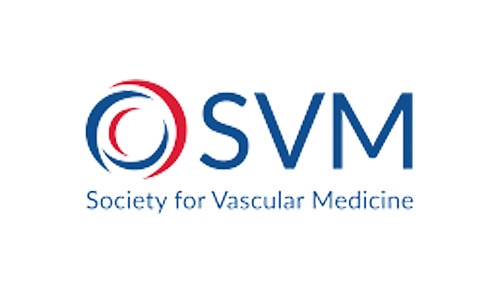
Society for Vascular Medicine
- Main Product: HuProt
- Dysregulated platelet function in patients with postacute sequelae of COVID-19
- Anu Aggarwal, Tamanna K Singh, Michael Pham, Matthew Godwin, Rui Chen, Thomas M McIntyre, Alliefair Scalise, Mina K...
- Dept of Cardiovascular and Metabolic Sciences, Cleveland Clinic Lerner Research Institute
Postacute sequelae of COVID-19 (PASC), also referred to as “Long COVID”, sometimes follows COVID-19, a disease caused by SARS-CoV-2. Although SARS-CoV-2 is well known to promote a prothrombotic state, less is known about the thrombosis risk in PASC. Our objective was to evaluate platelet function and thrombotic potential in patients following recovery from SARS-CoV-2, but with clear symptoms of patients with PASC.
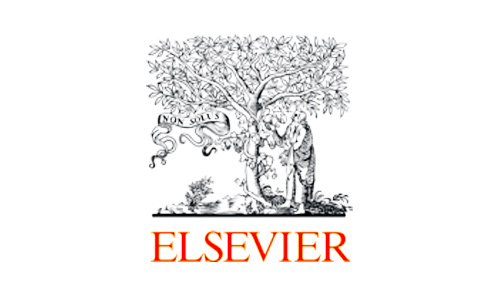
Elsevier: Clinica Chimica Acta
- Main Product: HuProt
- Proteome microarray identifies autoantibody biomarkers for diagnosis of hepatitis B-related hepatocellular carcinoma
- Jin Zhang, Wudi Hao, Xinxin Liu, Yuan Meng, Jianhua Liu, Lina Wu, Yue Zhang, Xingwei Hu, Yan Fan, Xiaosong Qin
- Dept of Laboratory Medicine, Shengjing Hospital of China Medical University
Hepatocellular carcinoma (HCC) has the highest mortality rate among malignant tumors worldwide. This study aimed to analyze the biological characteristics of serum proteins in hepatitis B (HBV)-related liver diseases, identify diagnostic biomarkers for HBV-infected HCC, and provide a scientific basis for its prevention and treatment.

Cell Reports
- Main Product: HuProt
- The mitochondrial genome-encoded peptide MOTS-c interacts with Bcl-2 to alleviate nonalcoholic steatohepatitis progression
- Huanyu Lu, Linni Fan, Wenli Zhang, Guo Chen, An Xiang, Li Wang, Zifan Lu, Yue Zhai
- Department of Occupational and Environmental Health, Fourth Military Medical University
Nonalcoholic steatohepatitis (NASH) is a metabolism-associated fatty liver disease with accumulated mitochondrial stress, and targeting mitochondrial function is a potential therapy. The mitochondrial genome-encoded bioactive peptide MOTS-c plays broad physiological roles, but its effectiveness and direct targets in NASH treatment are still unclear. Here, we show that long-term preventive and short-term therapeutic effects of MOTS-c treatments alleviate NASH-diet-induced liver steatosis, cellular apoptosis, inflammation, and fibrosis. Mitochondrial oxidative capacity and metabolites profiling analysis show that MOTS-c significantly reverses NASH-induced mitochondrial metabolic deficiency.
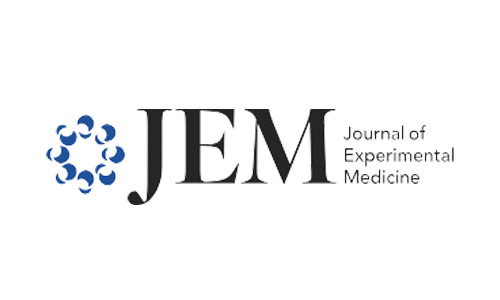
Journal of Experimental Medicine
- Main Product: HuProt
- ARL6IP1 gene delivery reduces neuroinflammation and neurodegenerative pathology in hereditary spastic paraplegia model
- Jung Hwa Lim, Hyun Mi Kang, Dae Hun Kim, Bohyeon Jeong, Da Yong Lee, Jae-Ran Lee, Jeong Yeob Baek, Hyun-Soo Cho,...
- Korea Research Institute of Bioscience and Biotechnology
ARL6IP1 is implicated in hereditary spastic paraplegia (HSP), but the specific pathogenic mechanism leading to neurodegeneration has not been elucidated. Here, we clarified the molecular mechanism of ARL6IP1 in HSP using in vitro and in vivo models. The Arl6ip1 knockout (KO) mouse model was generated to represent the clinically involved frameshift mutations and mimicked the HSP phenotypes. Notably, in vivo brain histopathological analysis revealed demyelination of the axon and neuroinflammation in the white matter, including the corticospinal tract.
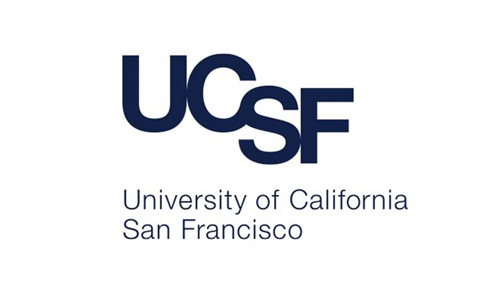
UCSF
- Main Product: HuProt
- Concurrent loss of FTD genes C9orf72 and Grn exacerbates neuroinflammation via autoimmune dysfunction
- Jahan, Naznin
- University of California San Francisco
The majority of familial FTD stems from mutations in Progranulin (GRN gene, PGRN protein) or hexanucleotide (CCCCGG) repeat expansion in C9orf72 gene. Recent studies highlight the key roles of C9orf72 and PGRN in endo-lysosomal trafficking, with their deficiencies causing abnormal microglial activation in the aging brain. Alongside potential interactions between PGRN and C9orf72 in vesicle trafficking, there are documented instances of concurrent mutations in both C9orf72 and GRN genes linked to earlier disease onset and heightened neurodegeneration in familial cases of FTD-ALS spectrum disease.

American Cancer Society - Cancer
- Main Product: HuProt
- HuProt: Identification of novel prognostic autoantibodies in diffuse large B-cell lymphoma treated with rit...mab plus cyclophosphamide, doxo...cin, vinc...tine, and pred...sone via a high-throughput antigen microarray
- Liyuan Dai MBBS, Haizhu Chen MD, Qiaoyun Tan MD, Yanrong Wang MM, Lin Li MD, Ning Lou MBBS, Guangyu Fan MBBS, Tongji Xie...
- Dept of Clinical Laboratory, National Cancer Center, Chinese Academy of Medical Sciences
R-CHOP (rituximab plus cyclophosphamide, doxorubicin, vincristine, and prednisone) is a standard first-line treatment for diffuse large B-cell lymphoma (DLBCL). However, 20%–40% of patients survive less than 5 years. Novel prognostic biomarkers remain in demand.